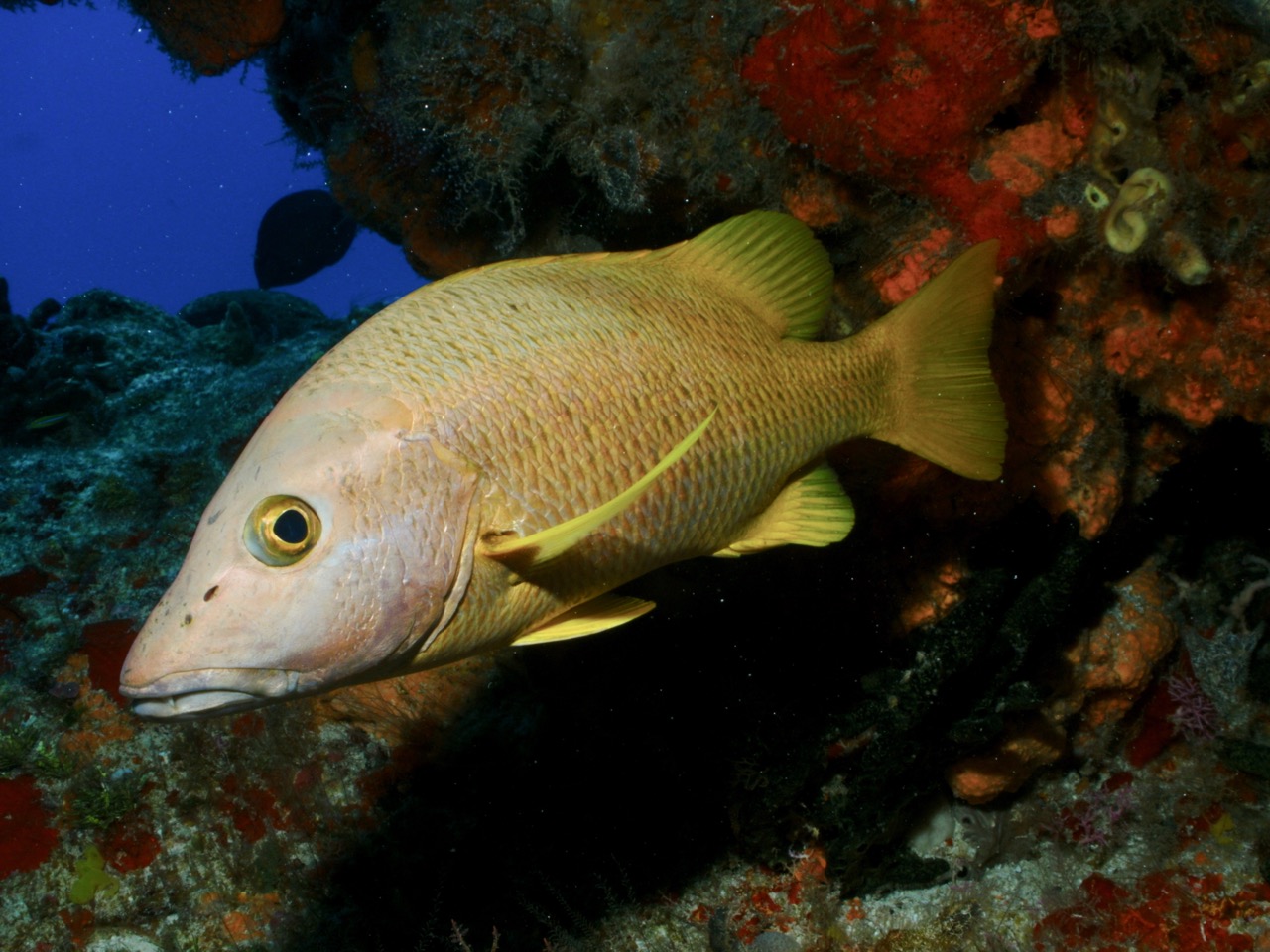
The Mesoamerican Reef is a natural area that extends approximately more than 1000 km by the coasts of the Caribbean Sea in four countries: Mexico, Belice, Guatemala and Honduras. It is the second largest in the world (the great barrier reef is the only bigger one).
Its biological wealth is explained by being a bridge between North America and South America and also because two oceans bathe its coasts, the Pacific and the Atlantic.
It has distinctive features that make the Mesoamerican Reef a very interesting touristic point:
- It is the habitat of a great variety of flora and fauna.
- It is an important refuge for numerous species protected or in danger of extinction.
- It is the second largest coral barrier in the world.
What are corals? The World-Wide Fund for Nature in Mexico (http://www.wwf.org.mx) defines them as ‘fixed animals to the seafloor that integrate extensive colonies of thousands and tiny individuals called polyps, which are interconnected with each other’.
This system is visited by a huge number of tourists who are attracted by the natural beauty that the ecosystem offers. In addition, this site gives the opportunity to dive and meet sea turtles, 350 species of mollusks, more than 60 different type of corals, more than 500 species of fish and the largest concentration of whale sharks on the planet.
Because of this wealth also activities like the artisanal fishing, specially of lobster, snapper, grouper and snail are realized. These resources make the Mesoamerican Reef a livelihood to millions of people who depend on it.
The sports and recreative activities developed in the Mesoamerican Reef are very popular, that’s why we work to protect biodiversity. The health of marine environment is intimately related to the activities carried out inland and on the coasts. Lot of associations work so as to protect the corals and make the impact of tourism minimal.
The coral barrier reef is one of the great attractions offered by Tulum and can be seen diving in the Carribean Sea with Agua Clara Diving Tulum. Agua Clara focuses on performing all their aquatic activities taking care of the environment and the ecosystems in which it intervenes. This is the reason why diving tours are conducted in small groups not overloading the places to visit and seeking to make people aware of how not to intervene, touch or change anything is part of the sea scenery.
Agua Clara aims to enjoy nature without it program of activities alters or impact the ecosystem.
Knowing the Mesoamerican Reef while enjoying the #SUSTAINABLETOURISM is an enriching experience
Agua Clara Diving Tulum feels very fortunate about been surrounded by so many amazing reefs:
We can take you diving to:
- Tulum (just 15 minute boatride form the beach).
- Bullsharks in Playa del Carmen
- Cozumel (departures form Tulum).
- Chinchorro (the most spectacular reef diving sites in the Mexican caribbean).
- Mahahual (southern caribbean coast)
- Xcalak (mexican fishing village in the border with Belize)
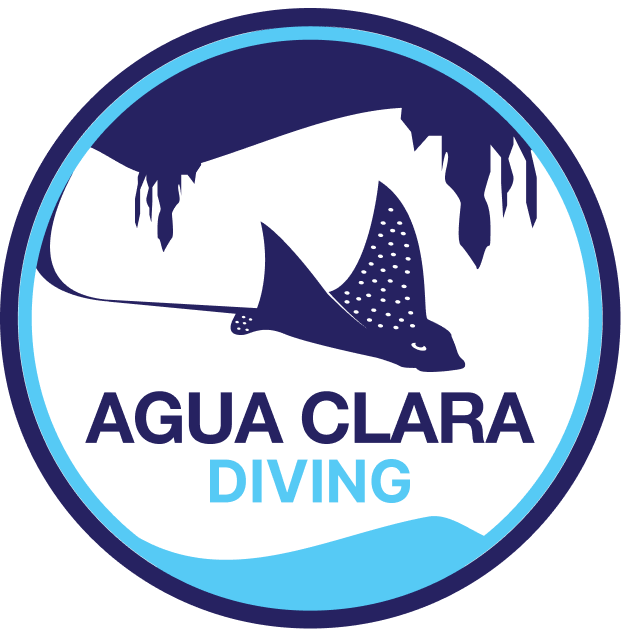




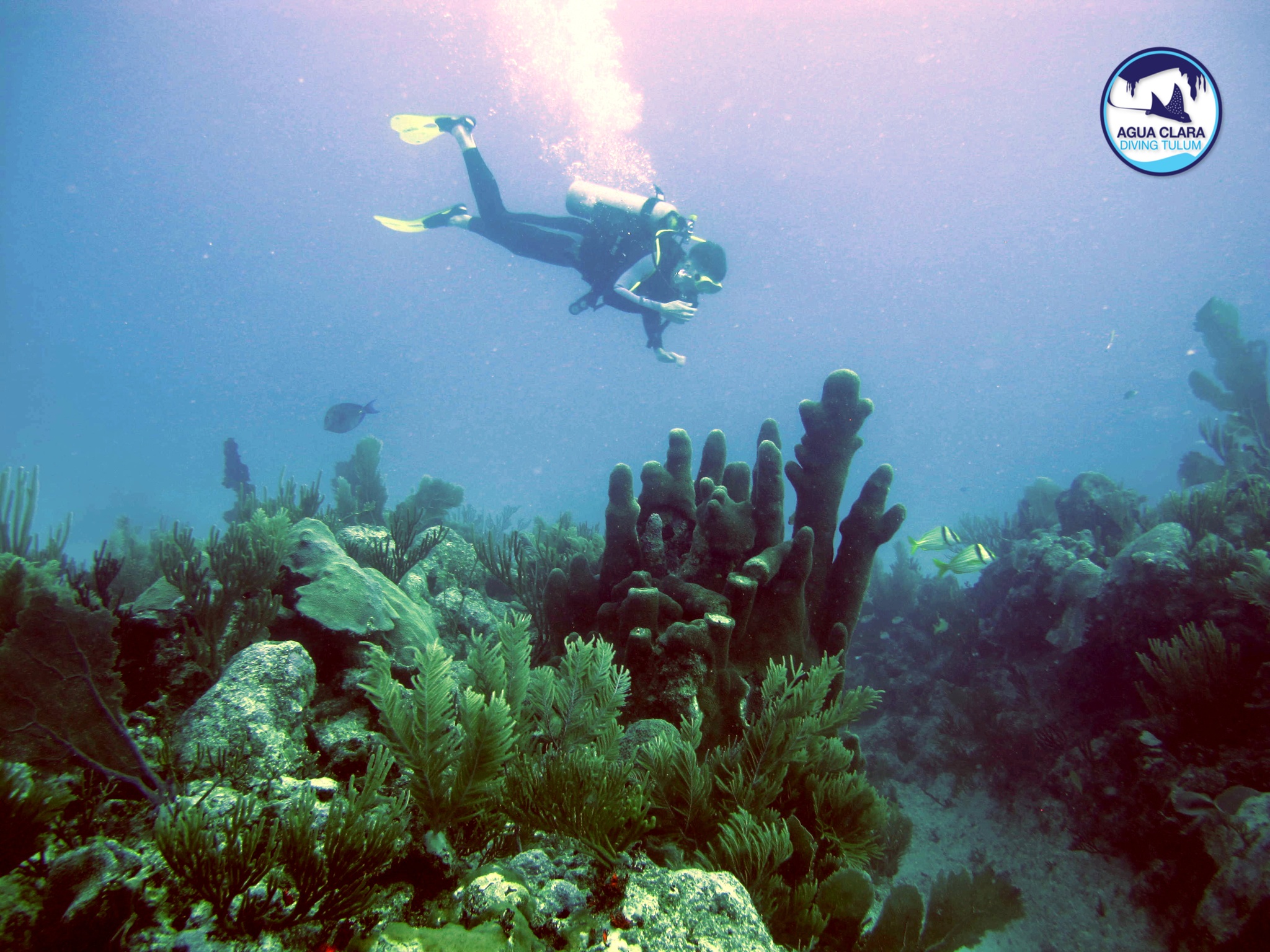

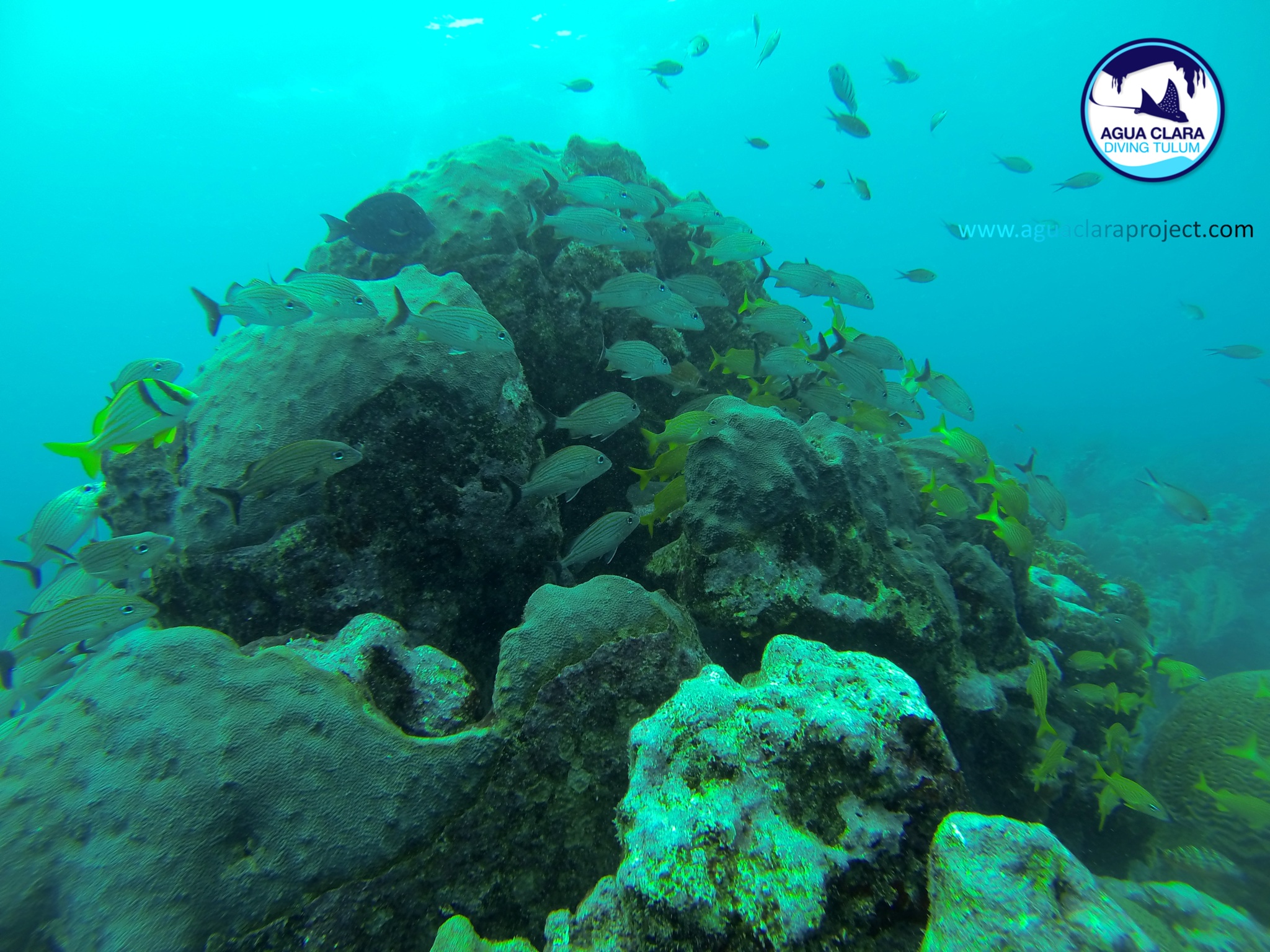
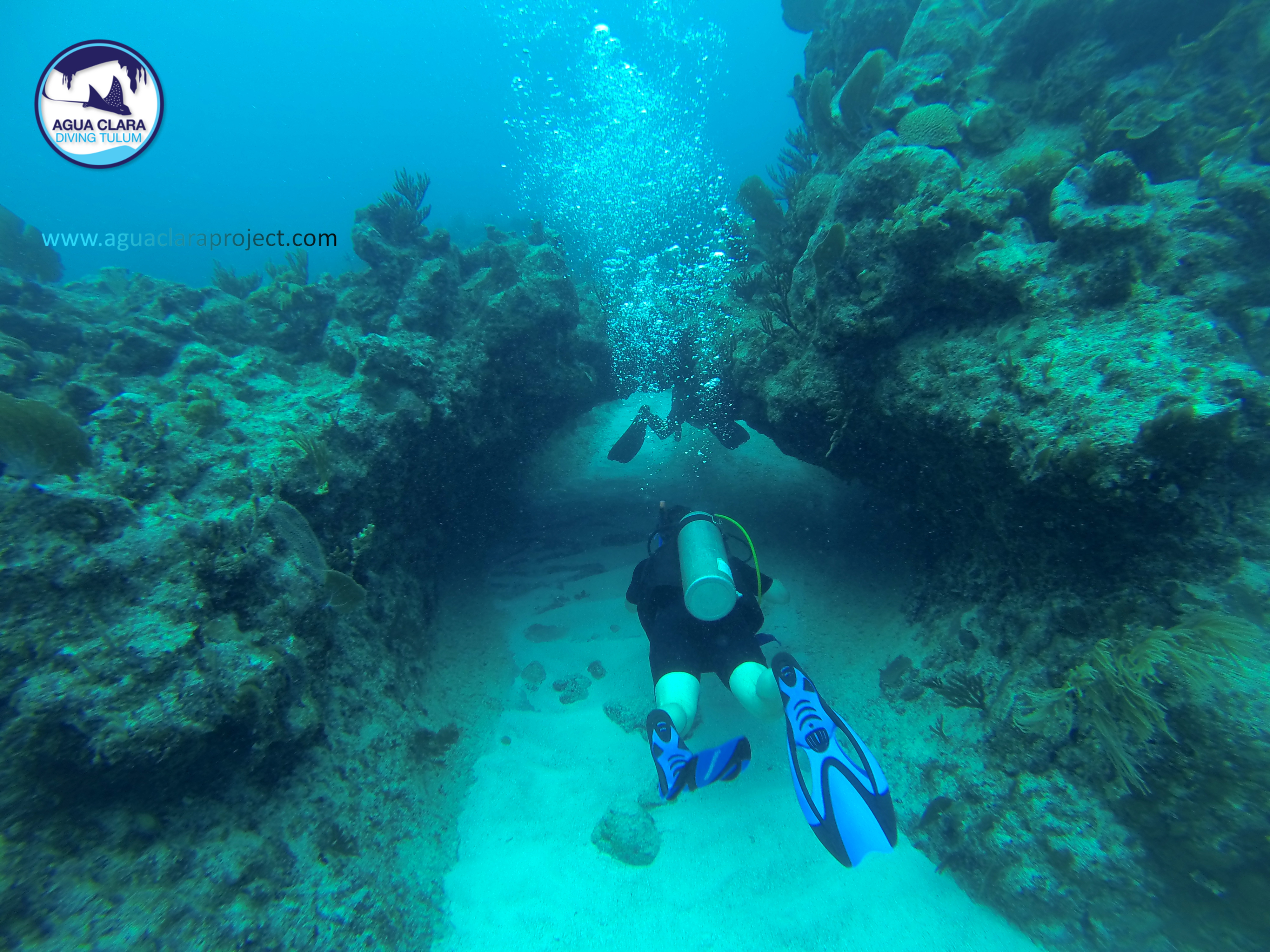
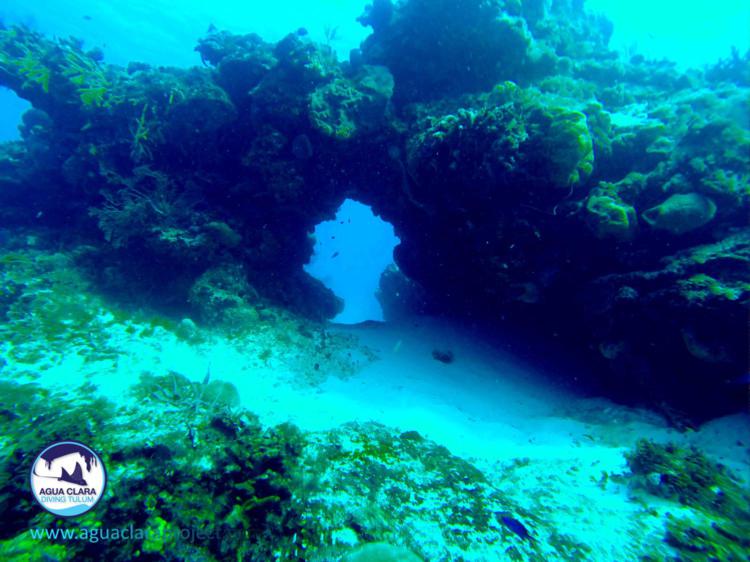
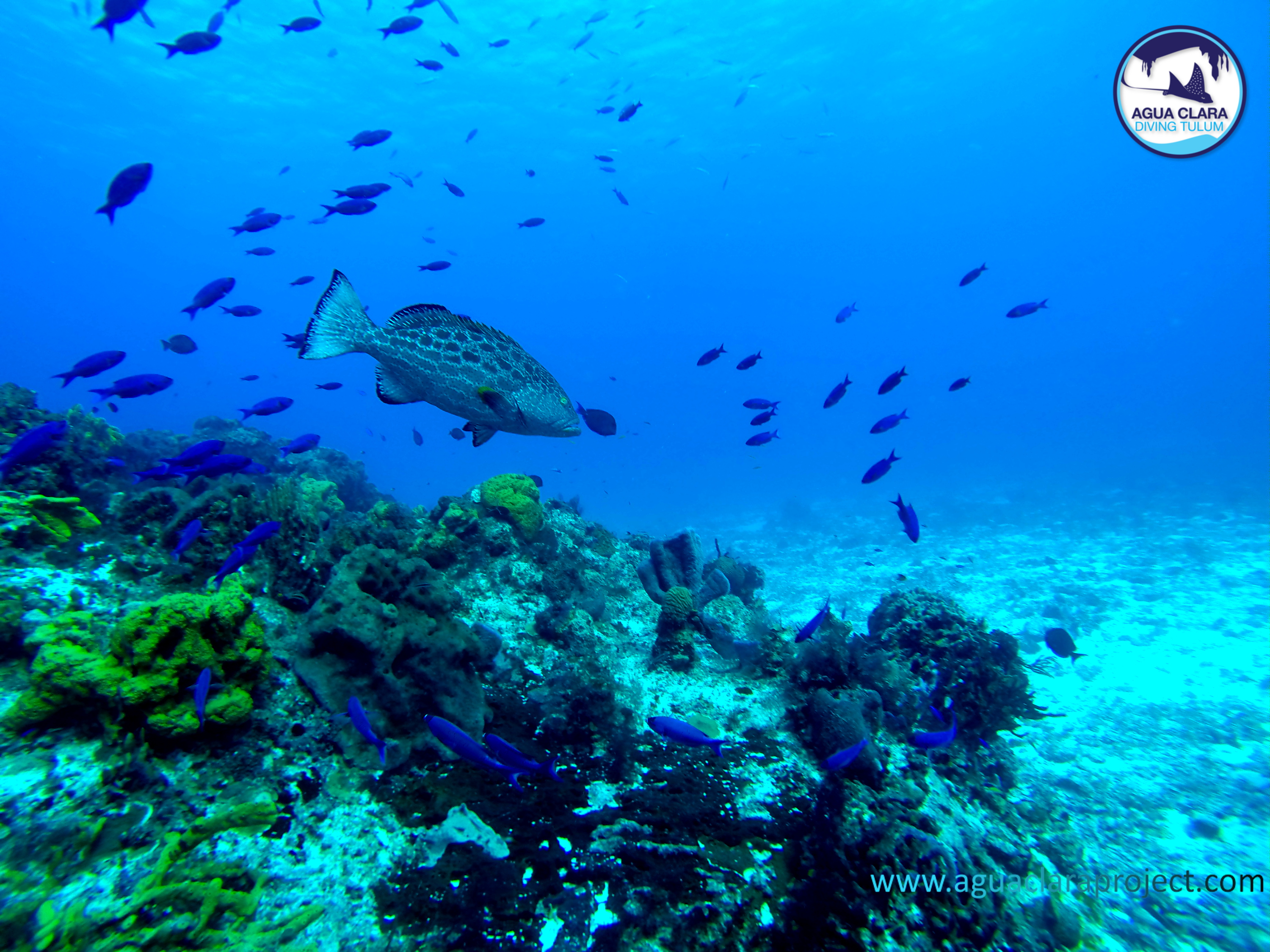
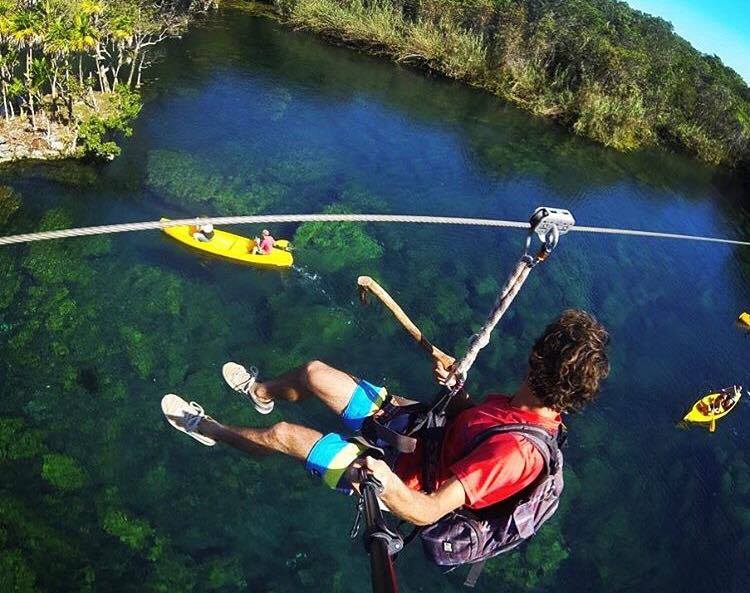



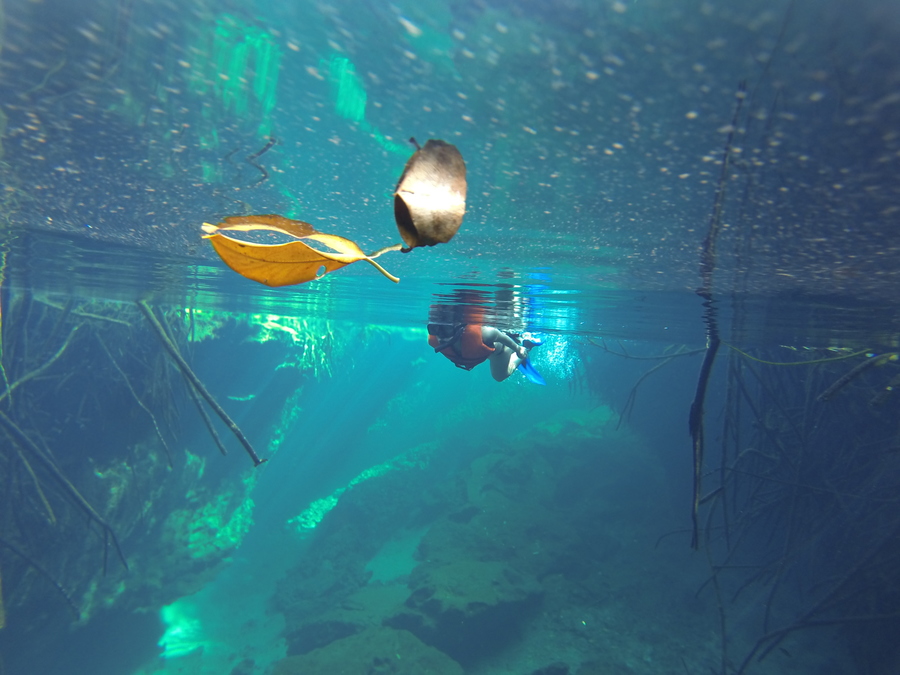
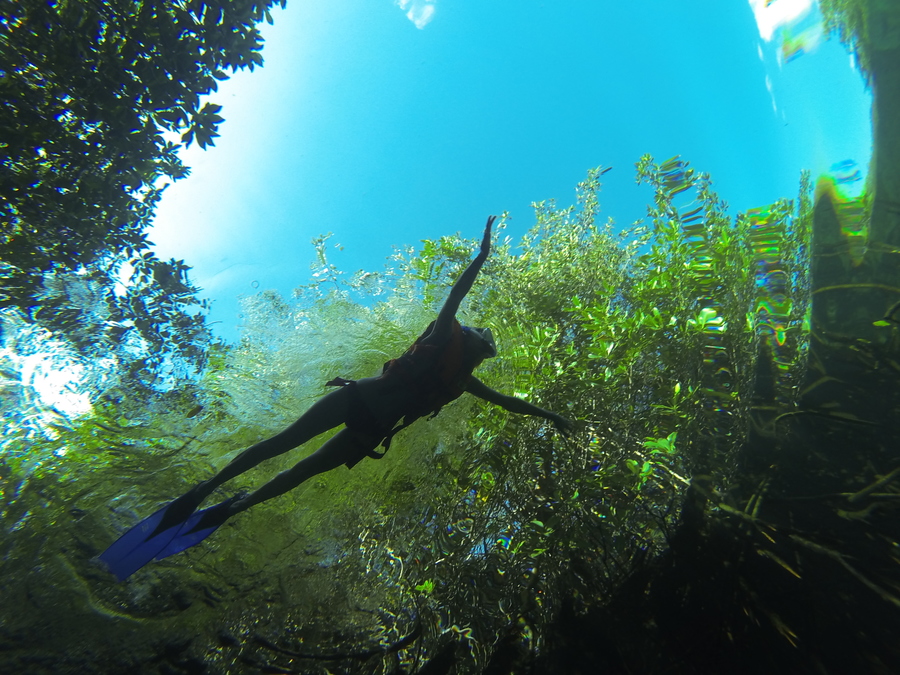
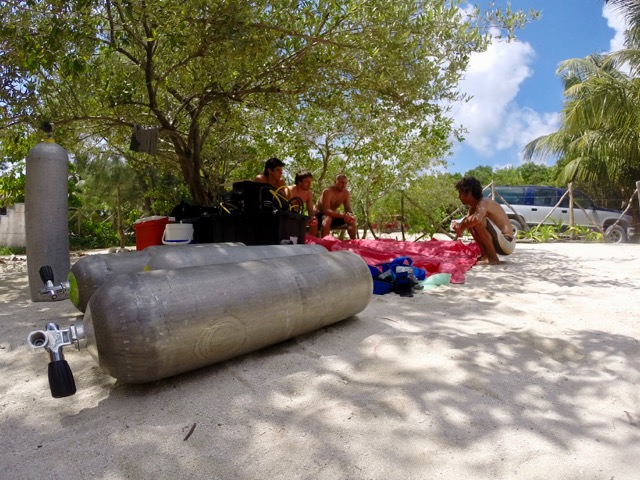
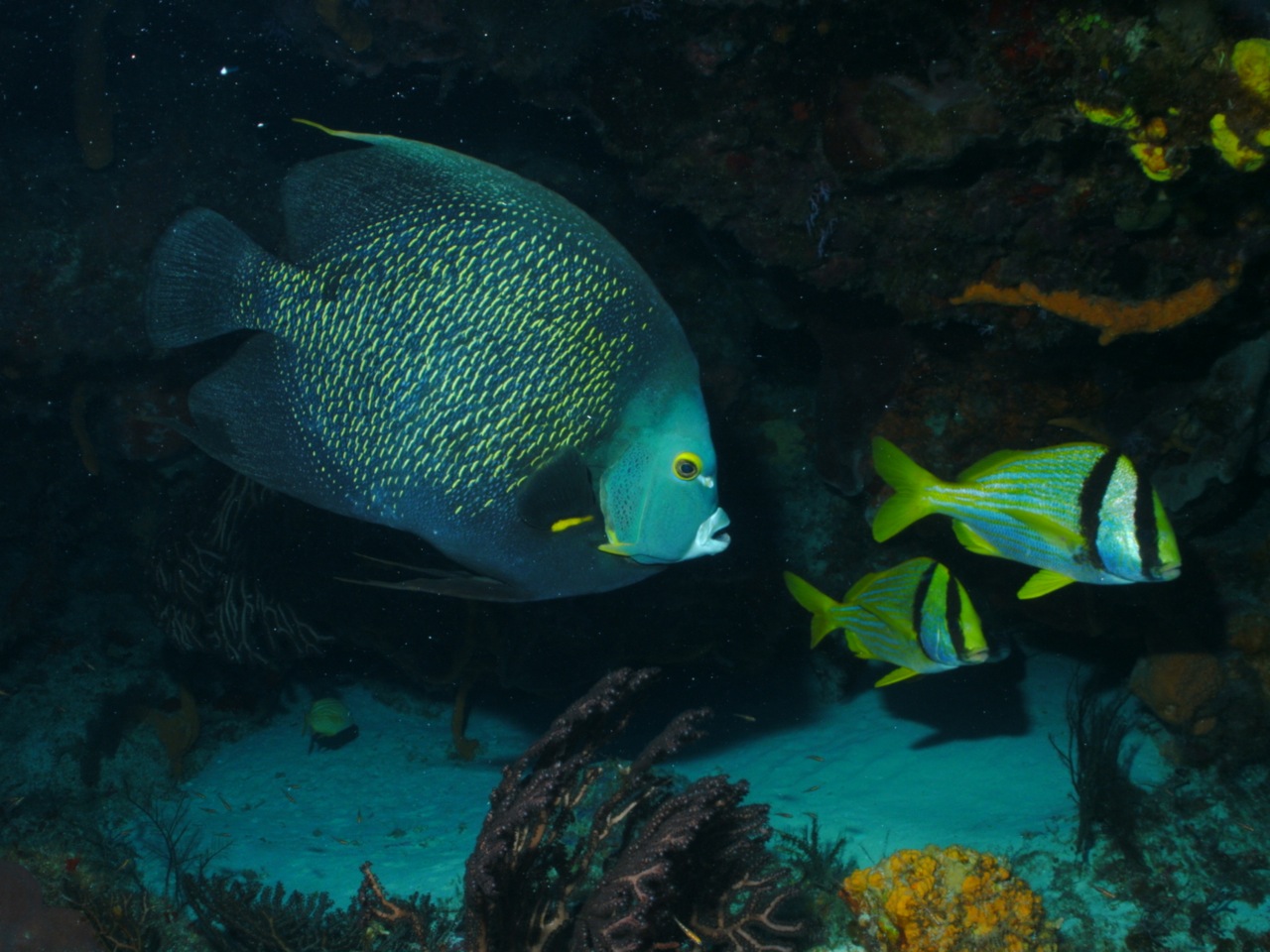
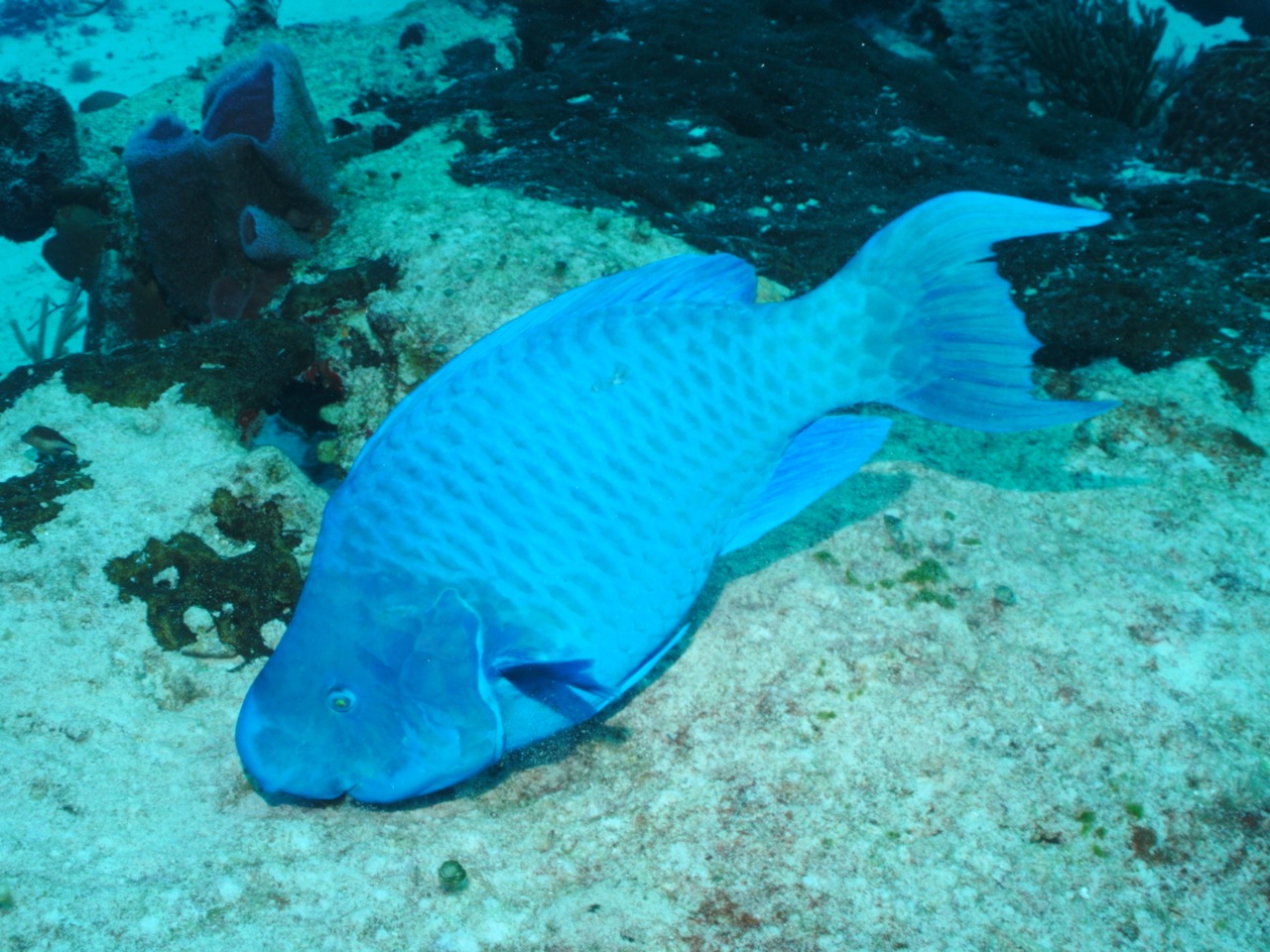

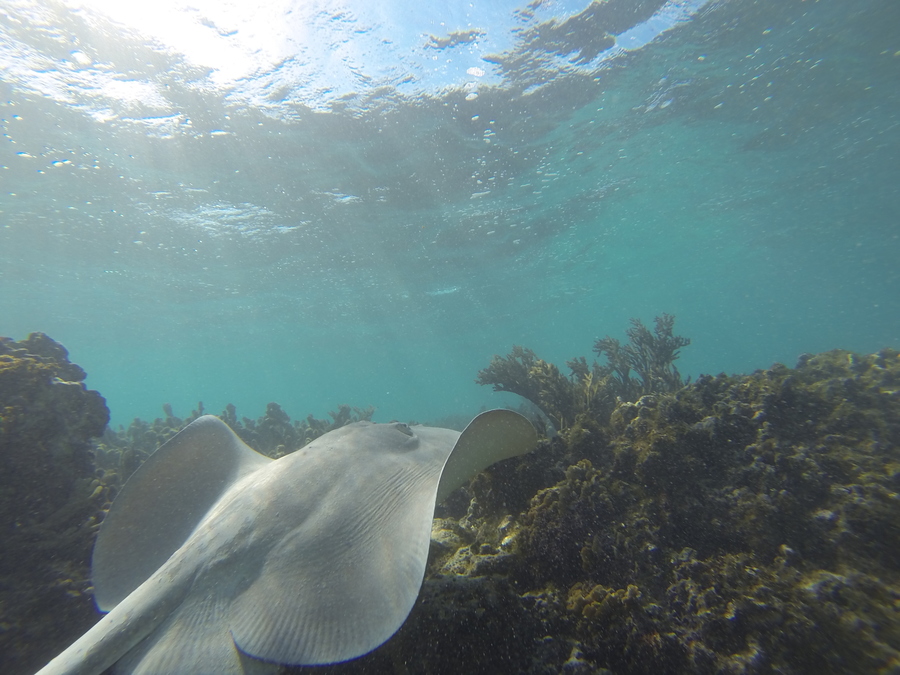
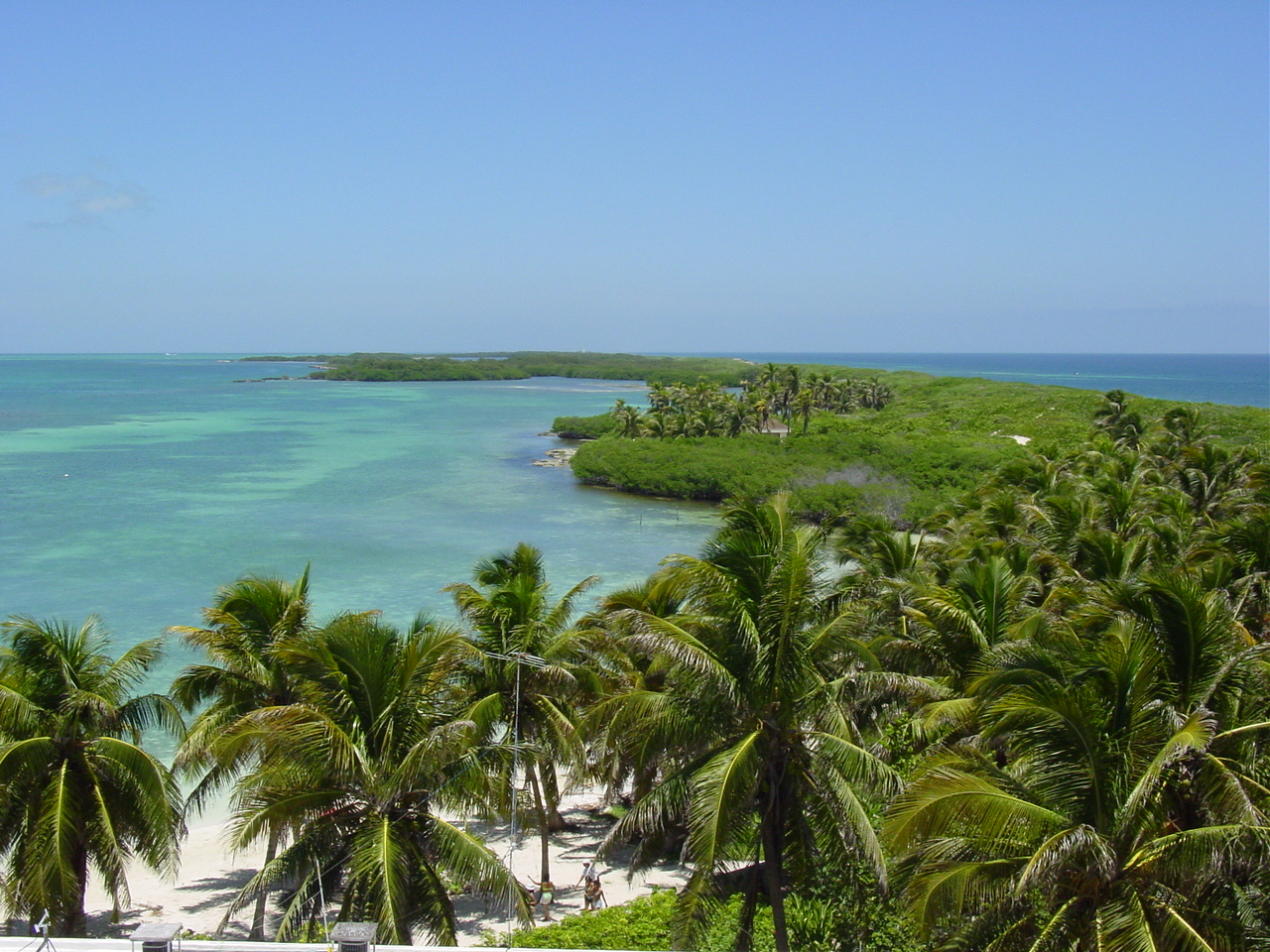
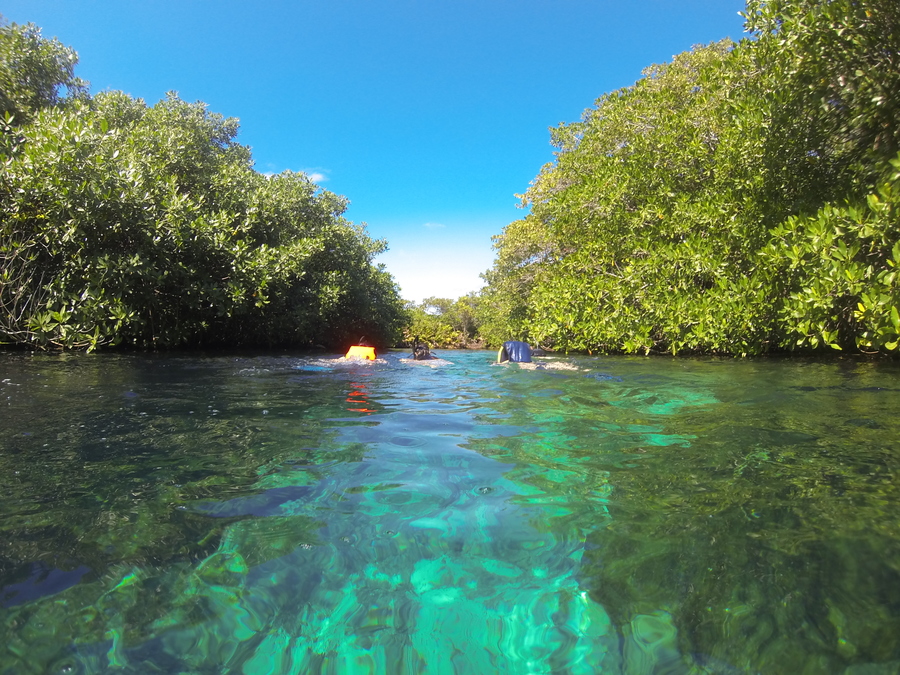
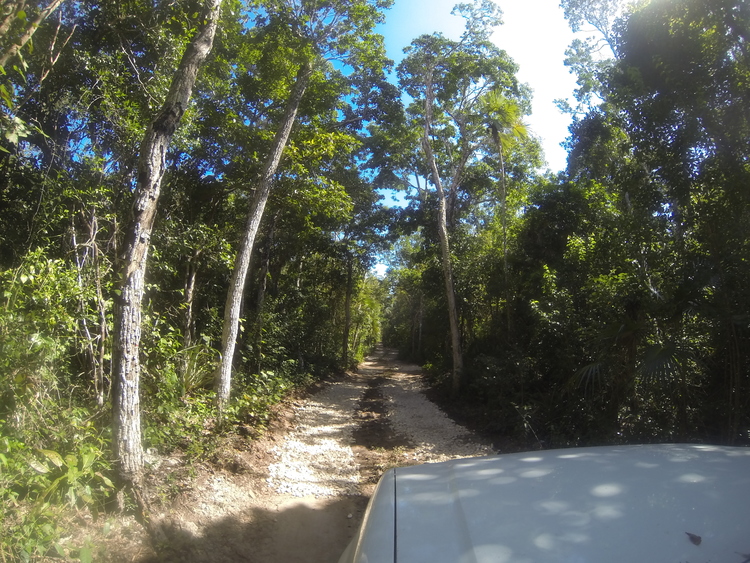
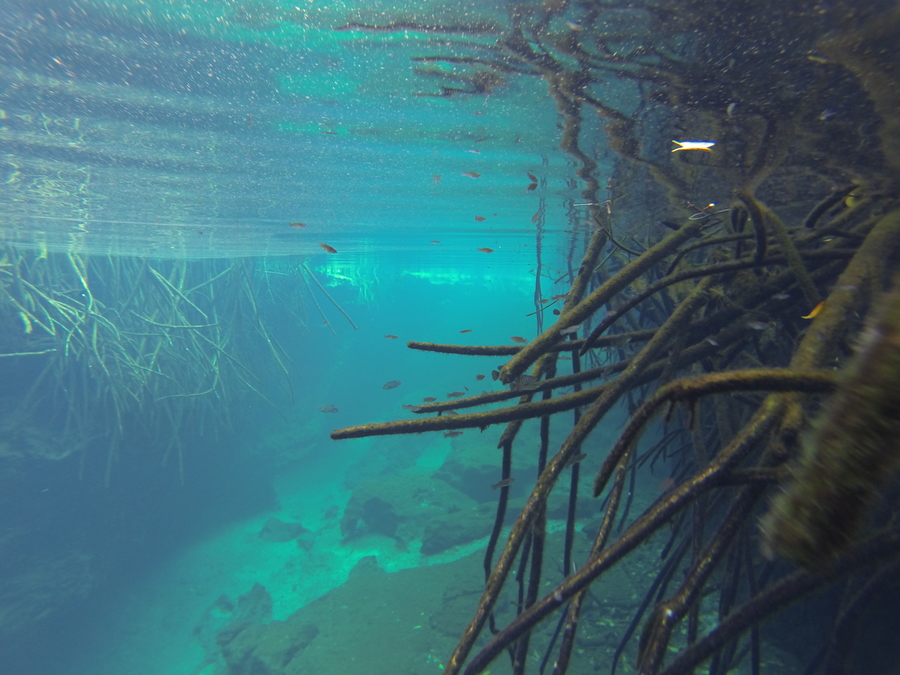
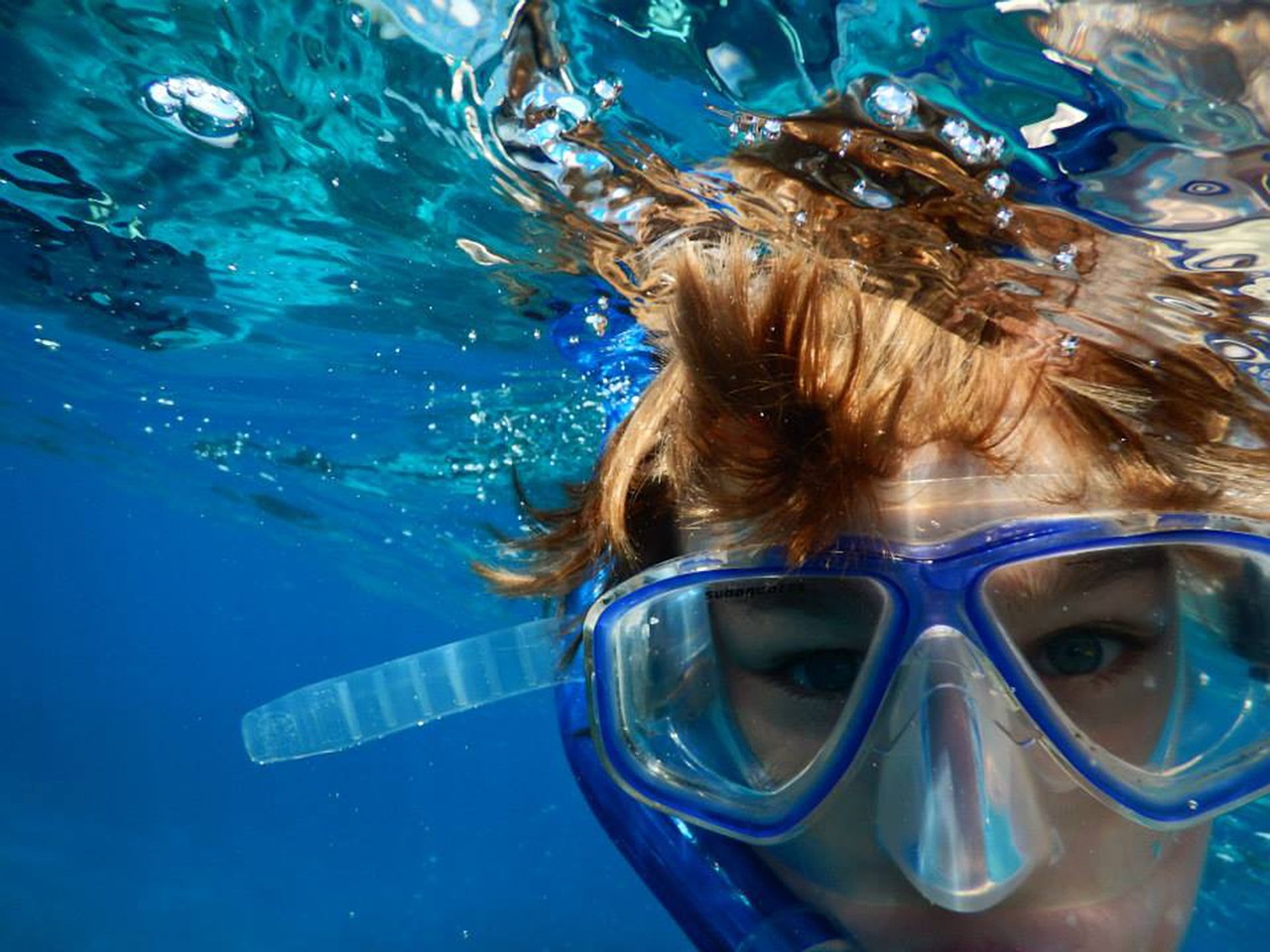
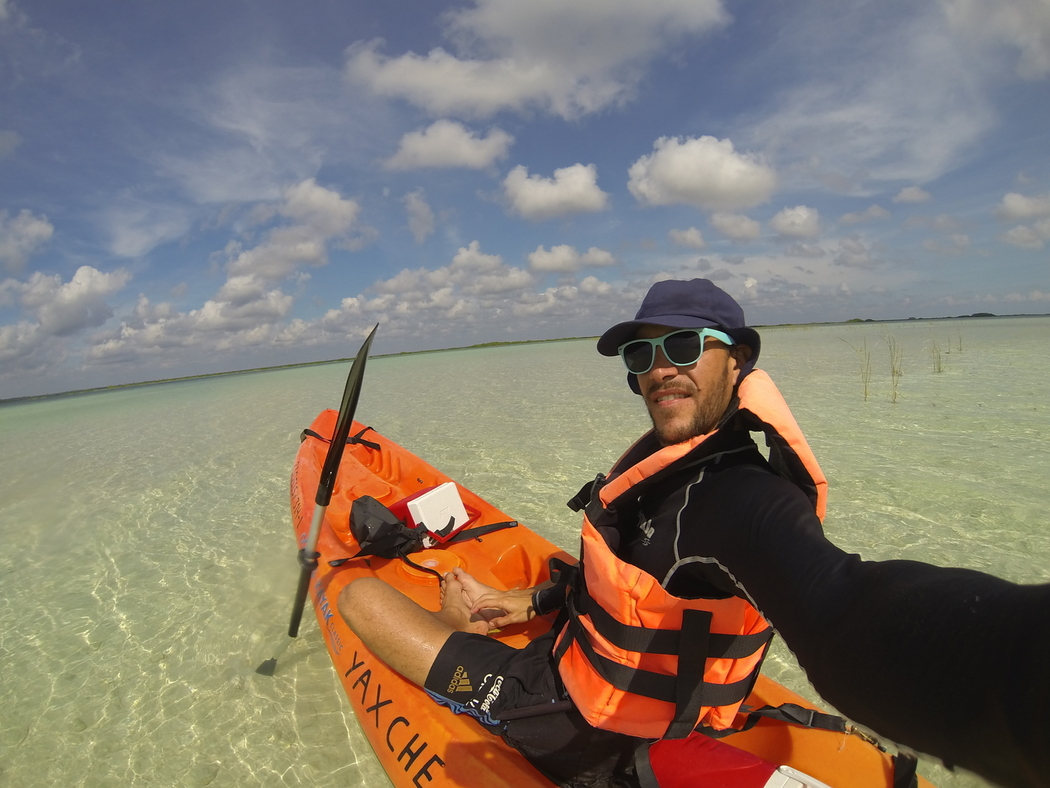
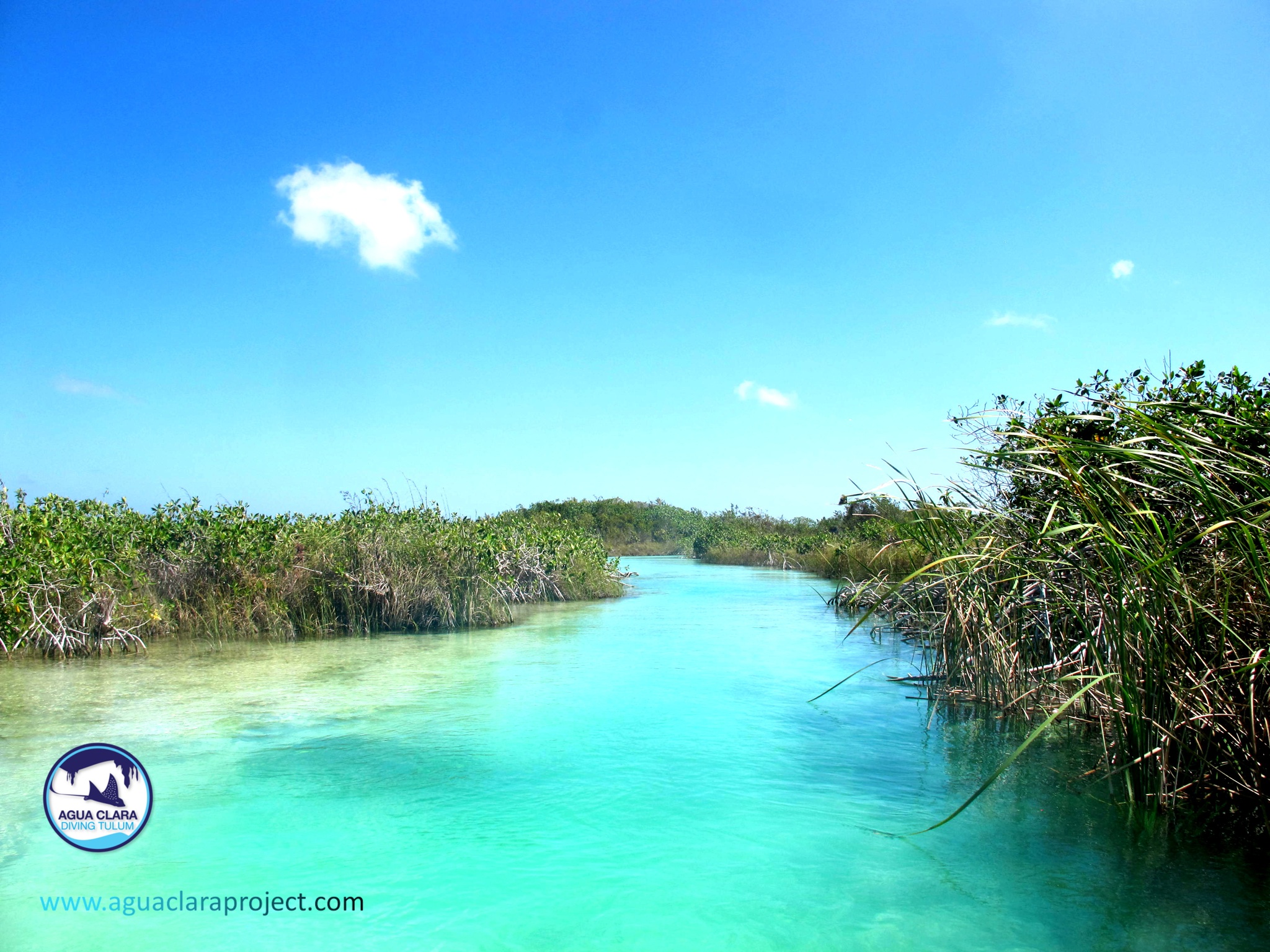





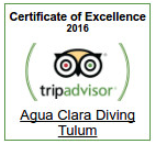
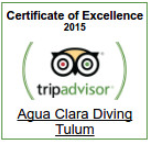

 Follow us on Facebook
Follow us on Facebook Check Tulum store on Trip Advisor
Check Tulum store on Trip Advisor